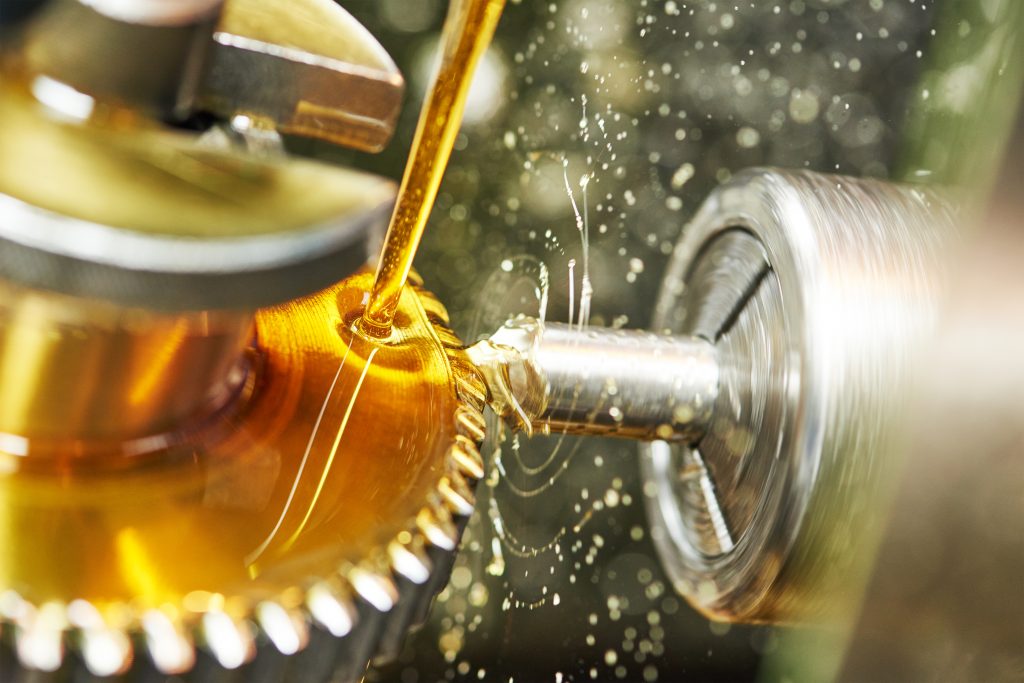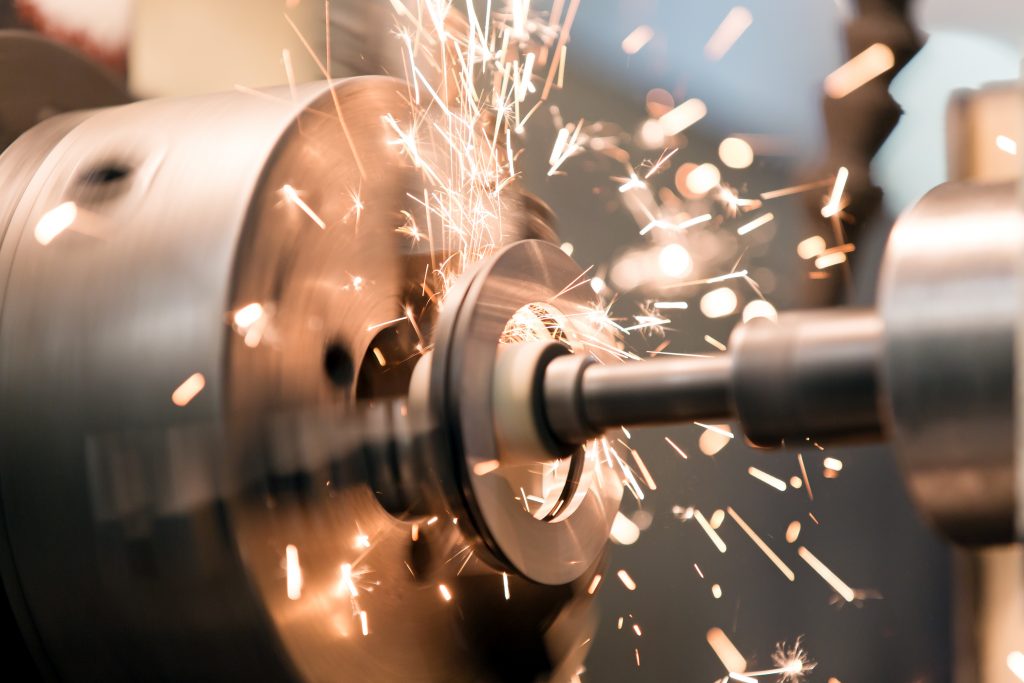Tribo-Trivia: Test Your Tribology Knowledge!

Whether it’s the smooth glide of an ice skate or the intricate workings of industrial machinery, tribology plays a crucial role. Ready to test your knowledge on this dynamic discipline? Dive into our quiz and discover how well you understand the forces that shape our everyday movements!

1. What is tribology?
a) The study of ancient civilisations.
b) The study of diseases and pathogens.
c) The study of friction, lubrication, and wear in interacting surfaces.
d) The study of weather patterns and climate.
2. What is the usual purpose of lubricants in tribology?
a) To increase friction between surfaces.
b) To reduce wear between surfaces.
c) To generate heat between surfaces.
d) To increase corrosion between surfaces.
3. Which type of lubrication involves keeping two surfaces fully separated by a fluid film?
a) Boundary lubrication.
b) Hydrodynamic lubrication.
c) Elastohydrodynamic lubrication.
d) Mixed lubrication.

4. Which of the following is NOT a component of tribology?
a) Friction.
b) Lubrication.
c) Thermodynamics.
d) Wear.
5. Which factor can increase friction between two surfaces in contact?
a) Increasing the load or pressure.
b) Decreasing the temperature.
c) Using a high-quality lubricant.
d) Reducing the surface roughness.
6. In the Stribeck curve, where does the transition from boundary to hydrodynamic lubrication occur?
a) At the peak.
b) Before the curve rises.
c) As the curve descends.
d) At the lowest point.

7. Which material is commonly used as a solid lubricant due to its self-lubricating properties?
a) Steel.
b) Graphite.
c) Aluminium.
d) Copper.
8. What is the coefficient of friction?
a) A measure of the wear rate between two materials.
b) A measure of the resistance to motion between two surfaces in contact.
c) A measure of the lubricity of a material.
d) A measure of the load-bearing capacity of a material.
9. Which of the following does NOT directly influence the friction between two interacting surfaces?
a) Surface texture.
b) Speed of sliding.
c) Type of lubricant.
d) Colour of the material.
10. What type of motion can lead to fretting wear between two contacting bodies?
a) Continuous rotation.
b) Continuous sliding.
c) Large amplitude reciprocation.
d) Short amplitude reciprocation.

11. What happens to the viscosity of a lubricant in a high pressure tribological contact?
a) Greatly reduces.
b) Stays the same.
c) Slightly increases.
c) Greatly increases.
12. Which historical figure developed one of the first designs for a rolling element bearing?
a) Pythagoras.
b) Leonardo Da Vinci.
c) Isaac Newton.
d) Charles Darwin.
Stay tuned for the answers on our linkedin page next week.
To stay updated with the newest industry insights through our articles and news, click here!
